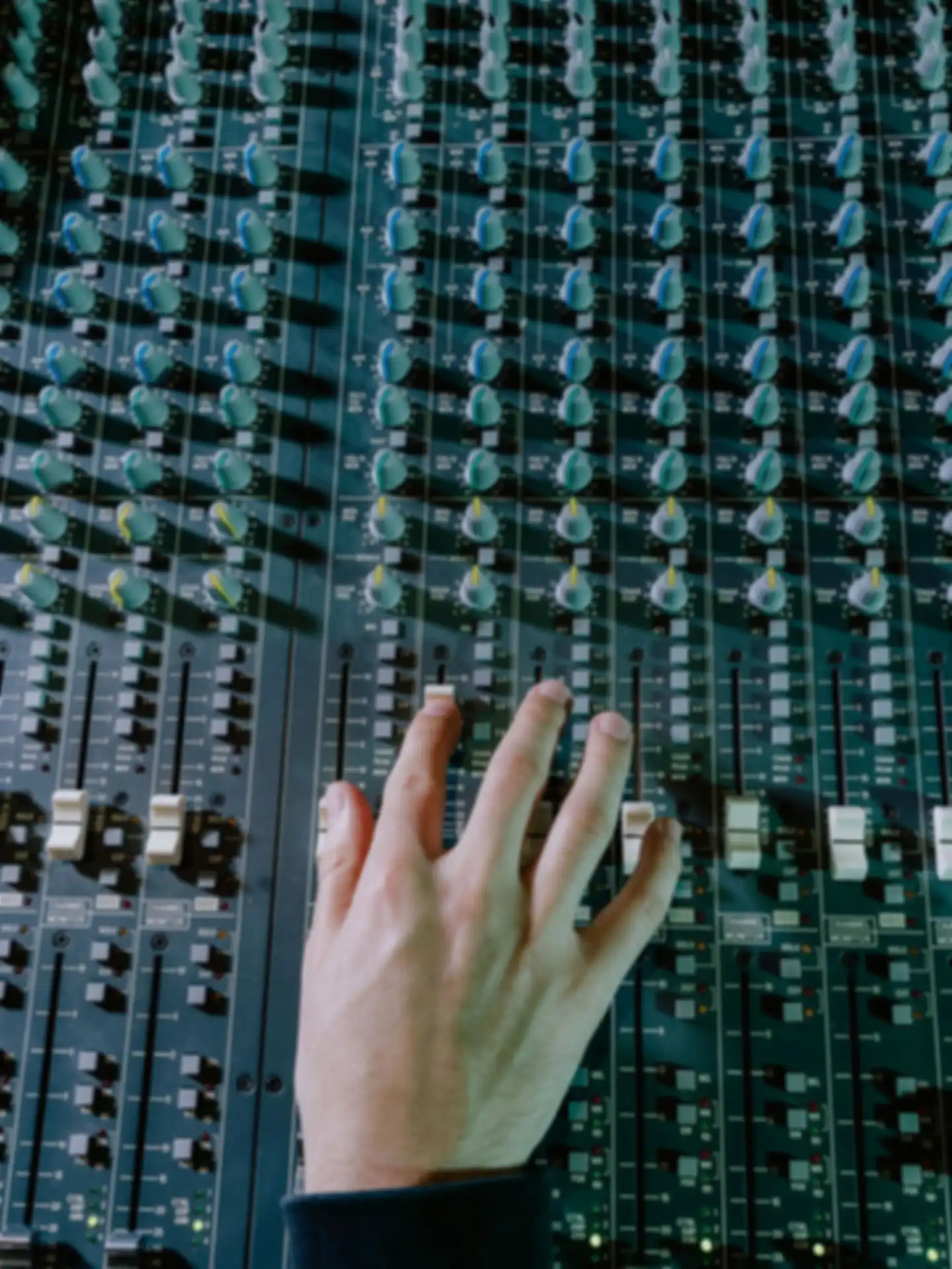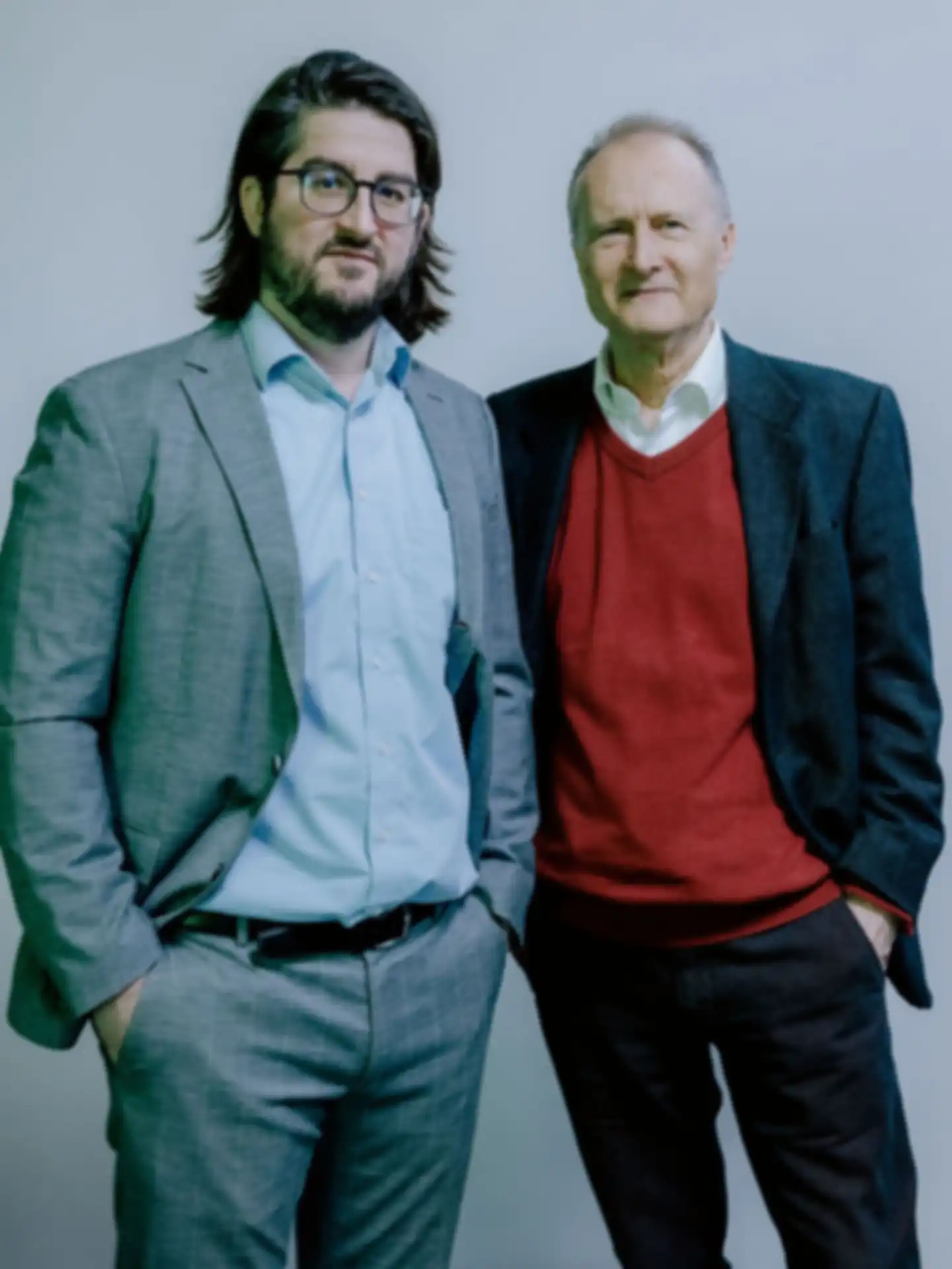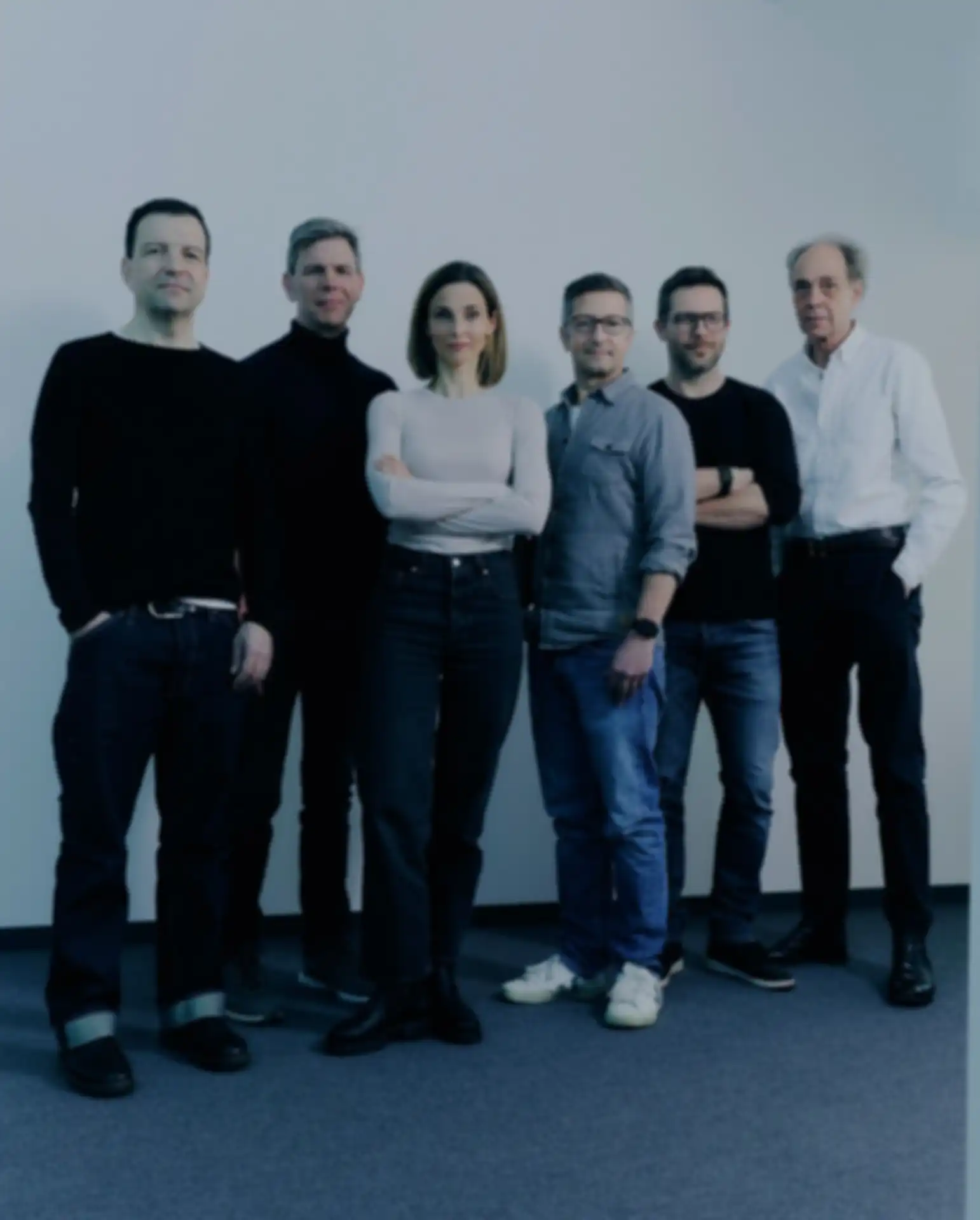Revolution after 100 years: homogeneous catalysis of methanol
From computer simulation to laboratories and factories
In the natural sciences, thousands of experiments in the laboratory often stand between a brilliant idea and the final breakthrough. But there is another way - by combining IT skills and scientific understanding, computer simulations can accurately predict chemical reactions and provide far-reaching insights. This was also the case for Marek Chęciński: The catalysis researcher with a PhD in chemistry has been working on various industry-relevant challenges in his field since 2008, until he achieved a decisive breakthrough for methanol synthesis in 2018, far away from the lab.
The way methanol is produced to this day, based on heterogeneous catalysis, goes back to a patent from 1921, and BASF built the world's first commercial methanol plant in Leuna in 1923, using zinc chromite as a catalyst. But nothing significant has changed since 1947, when the copper-zinc-aluminum catalyst was patented,
reports Marek Chęciński. According to him, heterogeneously catalyzed methanol synthesis is maxed out
- high time for a breakthrough innovation.
Heterogeneous means that the feedstock is in a different phase than the catalyst. Heterogeneous catalysts, as solids, often have hard-to-define active centers at the corners and edges. Depending on the temperature and active center, unwanted by-products are formed that have to be separated from the crude product at great expense,
Chęciński describes. In homogeneous catalysis, on the other hand, we work with a highly specialized molecular catalyst in a liquid reactor: the catalyst is dissolved in the liquid, just like the synthesis gas. The reaction takes place in the same homogeneous phase and is highly selective.
The newly developed homogeneous catalyst system has more than halved reaction pressure and temperature - and saved an enormous amount of energy and costs. Under the conditions, the synthesis gas is almost completely converted to methanol. Today's process achieves only 15 percent per pass, and laboriously recycles the remaining synthesis gas to send it through the reactor again.
All this offers three strategic advantages, says Mathias Mostertz, a chemical engineer with many years of experience in the industry: The new type of catalysis promises greater flexibility, as methanol plants have so far been extremely difficult to shut down and start up again. Homogeneous catalysis is also more scalable: smaller and decentralized plants will be possible in the future wherever there are CO₂ point sources or biomass waste. And last but not least, the technology has a higher tolerance with regard to feedstock impurities, which helps to open up previously untapped synthesis gas sources. Ultimately, this leads to lower production costs for green methanol.
These good prospects led the scientist Chęciński together with Christian Vollmann, who had previously founded several companies and had been looking for a meaningful new challenge. In 2021, the two met for the first time, and founded the cleantech company C1 in early 2022. The single carbon atom in methanol sets the name - and the tone - here.
Methanol is one of the most widely produced basic chemicals, producing 100,000,000 tons per year, and drives a number of chemical production processes. Most importantly, it fuels the global greenhouse effect,
explains Christian Vollmann, CEO of C1. Our goal is to produce price-competitive green methanol instead of fossil methanol. To do this, we would need to source the carbon from syngas from surplus biomass such as sewage sludge, wood waste or other biogenic waste materials, or via the combination of CO₂ and green hydrogen. And with methanol, we can then produce many things for which oil and gas are the basis today. Nobel prizewinner György Oláh summarized the idea of a sustainable methanol economy in his book 'Beyond Oil and Gas: The Methanol Economy' back in 2005. We are now developing a process that can be scaled up in a decentralized way to make this vision a reality.
You could defossilize all carbon-based chemical production and save several gigatons of CO₂ a year. Plastics, insulation, adhesives, paints, varnishes, cosmetics, ... - the source of this carbon could be green methanol.
It could also make shipping, which will rely on internal combustion engines for the foreseeable future, largely CO₂-neutral. While significant amounts of fossil methanol are already being used as fuel for internal combustion engines in China and India, the shipping industry is desperately searching for fuels that are available in sufficient quantities, but that will also enable CO₂ neutrality in the long-term. If green methanol were used here in the future, this could make an important contribution to the fight against climate change,
Vollmann is convinced. This is also the reason why the container shipping company Maersk has invested in C1.
The validation by SPRIND 2022/23 helped the team to achieve an important milestone along the way: Leuna is considered the cradle of commercial methanol production,
explains CTO Mathias Mostertz. We commissioned our pilot plant there 100 years later, adding a new chapter to the history of methanol.
The next step is the construction of the world's first demonstration plant for homogeneously catalyzed methanol. Preparations for this are already in full swing. The final investment decision is to be made this year.
In order to realize these ambitious plans, C1 has been able to recruit experienced chemists, chemical engineers, process engineers and project managers from established companies such as Linde, BASF, Clariant, Shell and Tesla in recent months. The company, which has 32 employees in spring 2025, is thus increasingly developing into a talent magnet with a central role in the transformation of the German chemical industry.
The C1 management team is ideally positioned to do just that. They also see themselves as role models for their respective profession: In Germany, we have so many great scientists with excellent ideas, but we are not particularly good at making those fly economically,
Vollmann believes. We can learn a lot from each other and be successful together. There is great potential in the combination of economists, scientists and engineers.
More about C1: www.carbon.one



